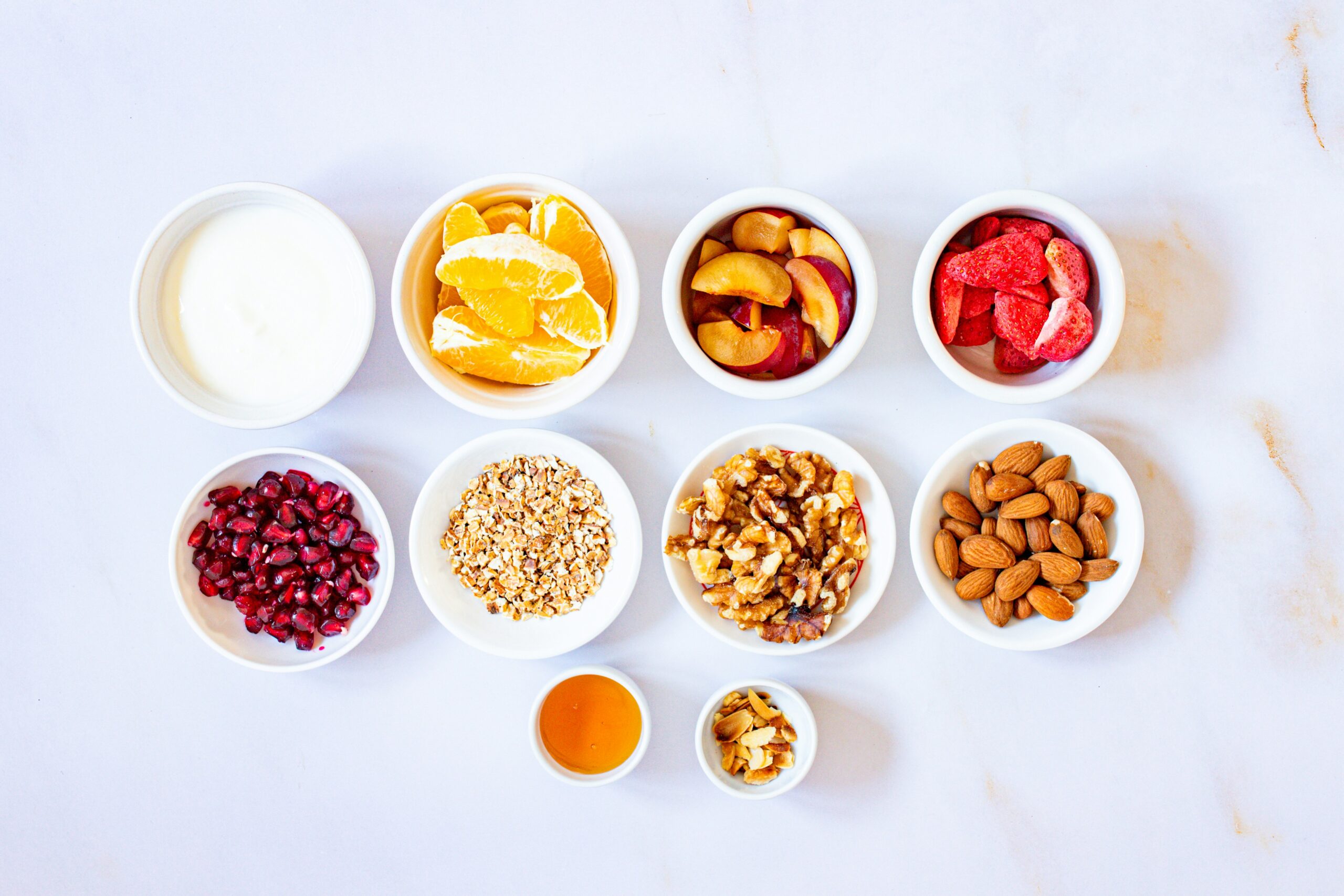Understanding how our bodies absorb nutrients is essential for optimizing health. One of the key concepts in this process is bioavailability, a term that describes the degree and rate at which nutrients are absorbed into the bloodstream. Bioavailability plays a crucial role in determining the effectiveness of the nutrients we consume, impacting everything from energy levels to overall wellness.
When we talk about bioavailability, we’re referring to how much of a nutrient actually gets used by the body after consumption. This concept is particularly important in nutrition science, as it helps us understand why some foods or supplements are more effective than others. According to nutrition expert Dr. Lisa Brown, ‘Bioavailability is the bridge between what we eat and what our body can use. It’s a vital consideration for anyone looking to improve their diet.’
Factors Influencing Bioavailability
Several factors can influence the bioavailability of nutrients. These include the food matrix, nutrient interactions, and individual digestive health. For instance, the presence of fiber can sometimes inhibit nutrient absorption, while certain fats can enhance the absorption of fat-soluble vitamins. A 2019 study published in the Journal of Nutrition Science highlighted that cooking methods also play a significant role, with steaming often preserving more nutrients compared to boiling.
Practical Tips to Enhance Nutrient Absorption
- Pair vitamin C-rich foods with iron sources to enhance iron absorption.
- Include healthy fats, like avocados or nuts, to boost the absorption of fat-soluble vitamins.
- Soak or ferment grains and legumes to reduce anti-nutrients like phytic acid.
To maximize nutrient intake, diversify your diet with a range of colorful fruits and vegetables. This not only provides a variety of nutrients but also improves overall bioavailability.
Comparing Nutrient Bioavailability
| Nutrient | Source | Bioavailability |
|---|---|---|
| Iron | Spinach | Low |
| Iron | Red Meat | High |
| Calcium | Almonds | Moderate |
| Calcium | Dairy | High |
| Vitamin A | Carrots | Moderate |
| Vitamin A | Eggs | High |
| Omega-3 | Flaxseeds | Low |
| Omega-3 | Fish Oil | High |
Frequently Asked Questions
What is bioavailability?
Bioavailability is the proportion of a nutrient that is absorbed and utilized by the body.
How can I improve the bioavailability of nutrients in my diet?
Pairing certain foods together, such as vitamin C with iron-rich foods, and including healthy fats in your meals can improve nutrient absorption.
Does cooking affect bioavailability?
Yes, cooking methods can influence nutrient retention and absorption. Steaming is generally better for preserving nutrients compared to boiling.
Conclusion
Bioavailability is a fundamental aspect of nutrition that helps us understand how nutrients are utilized in the body. By considering factors that affect nutrient absorption and making informed dietary choices, we can enhance our overall health and wellness. Whether through mindful food pairings or cooking methods, paying attention to bioavailability can make a significant difference in how effectively our bodies use the nutrients we consume.


Leave a Reply